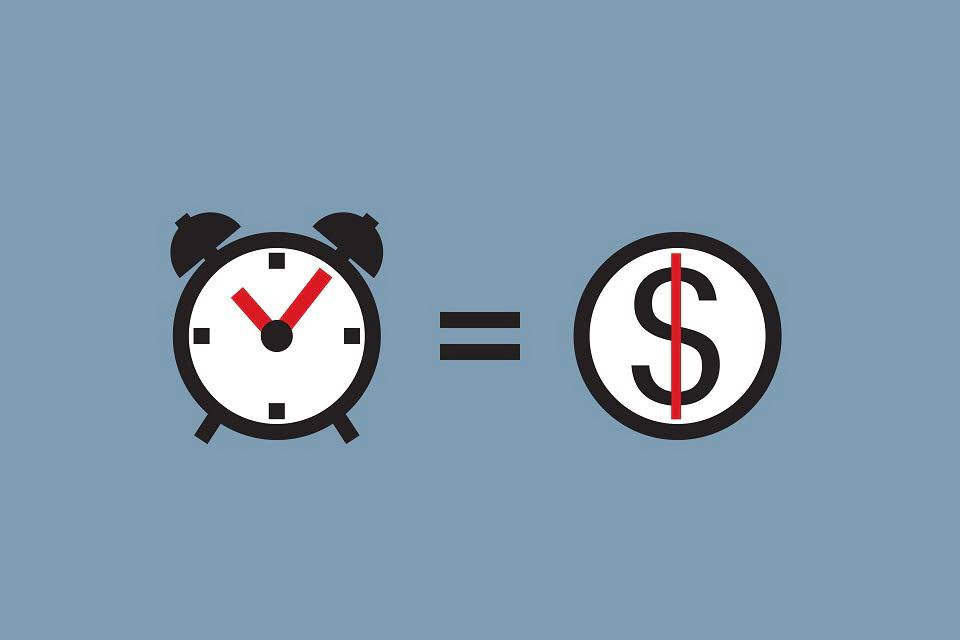Retained Earnings Statement

As opposed to paying out dividends, a company’s retention ratio measures the proportion of net income kept in-house to fuel future growth. It stands in contrast to the payout ratio, which indicates the proportion of profits distributed to shareholders in the form of dividends. Retained earnings offer valuable insights into a company’s profitability, growth potential, and financial decision-making. By examining retained earnings over time, investors and management can better understand how effectively a company reinvests profits for growth or rewards shareholders through dividends. For growing companies, a rising retained earnings balance often signals healthy reinvestment in the business. For established companies, a balanced approach between retained earnings and dividends can indicate a well-managed strategy to keep investors happy while fueling growth.
📆 Date: June 28-29, 2025🕛 Time: 8:30-11:30 AM EST📍 Venue: OnlineInstructor: Dheeraj Vaidya, CFA, FRM
When a company decides to pay out dividends to its shareholders, it reduces the amount of retained earnings available for reinvestment or other purposes. The decision to distribute dividends reflects the company’s strategy and financial health. After subtracting the amount of dividends, you’ll arrive at the ending retained earnings balance for this accounting period. This is the amount you’ll post to the retained earnings account on your next balance sheet.
Dividend payments
- Retained earnings, at their core, are the portion of a company’s net income that remains after all dividends and distributions to shareholders are paid out.
- We were however given at the end of the accounting period, which was $45,000.
- The above statement remains one of the leading reasons that Warren Buffett has been under so much fire for holding so much cash on the balance sheet of Berkshire Hathaway.
- If there was a loss for the year, the balance of the profit for the year would be negative.
The company has worked hard throughout the year, leading to a well-earned net income of $10,000. Shareholders are not forgotten, as dividends amounting to $3,000 are paid out. Visualize this process as setting the stage before the hustle and bustle of business activities come into play, ensuring that the starting line is clearly marked. The beginning balance is your financial anchor, and from here, you’ll navigate through the fiscal ebbs and flows to chart the course of your retained earnings.

Shell 2019 and 2022 Consolidated Statement of Changes in Equity
By tracking retained earnings, businesses can gauge their long-term financial health and sustainability. This financial metric is crucial for understanding how a company reinvests its profits back into the business for growth and development. Tracking retained earnings involves monitoring the changes in this account over time, which can provide insights into a company’s financial health and strategic decisions. Retained earnings (RE) represent the portion of a company’s profit that is not distributed as dividends but instead is kept for reinvestment in the business. Retained earnings statement of retained earnings are a crucial aspect of a company’s financial health and are reported on both the balance sheet and the income statement. In this article, we will explore the relationship between retained earnings and the balance sheet, income statement, and cash flows.

Factoring in the Net Income or Loss
- This document does the reconciliation of retained earnings for the starting and ending period.
- Profits increase the retained earnings balance while losses decrease the retained earnings balance.
- When a company loses money or pays dividends, it also loses its retained earnings.
- The statement covers the period listed, coinciding with the balance sheet.
- With plans starting at $15 a month, FreshBooks is well-suited for freelancers, solopreneurs, and small-business owners alike.
In contrast to computers and smartphones, which undergo more frequent updates to maintain market competitiveness, T-shirts can stay mostly unaltered for decades. Therefore, retained earnings will be larger for the tech firm than for the T-shirt maker. Take Apple Inc. (AAPL) as an example; its stock price increased from about $28 to about $112 per share from September 2016 to September 2020.

The figure is calculated at the end of each accounting period (monthly, quarterly, or annually). As the formula suggests, retained earnings are dependent on the corresponding figure of the previous term. The resultant number may be either positive or negative, depending on the net income or loss generated by the company over time.
Where Can I Find a Small Business Lawyer Near Me?
Retained earnings are then Catch Up Bookkeeping carried over to the balance sheet, reported under shareholder’s equity. If a company prepared its income statement entirely on a cash basis (i.e., no accounts receivable, nothing capitalized, etc.) it would have no balance sheet other than shareholders’ equity and cash. The ending balance of retained earnings combines the beginning balance, net income or loss, and dividend distributions. This figure represents the total available for reinvestment at the period’s close and is reported in the equity section of the balance sheet. A growing balance suggests an emphasis on expansion, while a declining balance may indicate financial distress or aggressive dividend policies. Analysts examine this balance to evaluate a company’s growth potential and financial strategy.

In accounting, retained earnings are reported on the balance sheet under the shareholders’ equity section. This reporting allows stakeholders to see how much profit has been reinvested normal balance into the company versus distributed as dividends. Accurate reporting of retained earnings is vital for investors and analysts who assess the company’s growth potential and financial stability.
